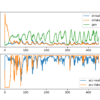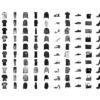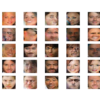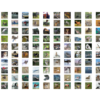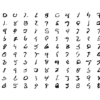The Wasserstein Generative Adversarial Network, or Wasserstein GAN, is an extension to the generative adversarial network that both improves the stability when training the model and provides a loss function that correlates with the quality of generated images. The development of the WGAN has a dense mathematical motivation, although in practice requires only a few […]






